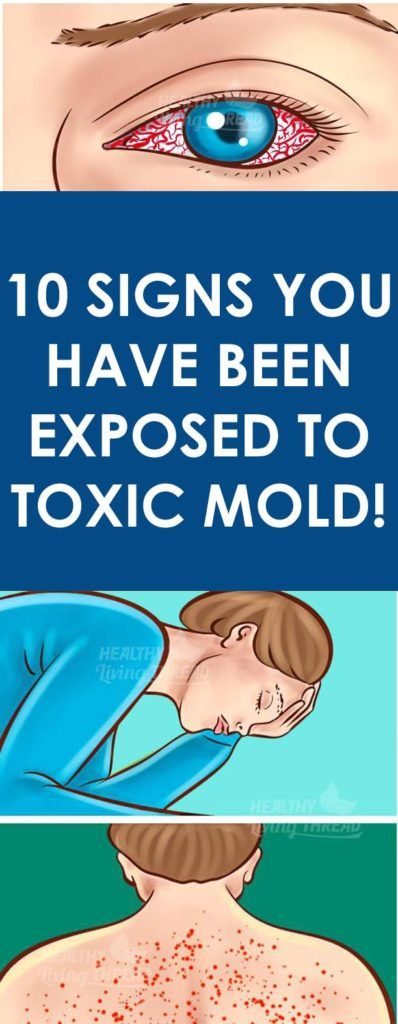
Mold is a very common problem in a lot of households because it grows everywhere and it can cause a variety of health problems. Mold is present under the sink, in the basement, in the shower, in leaking walls, etc. Researchers have found that mold releases millions of spores into the room and can cause winter allergies and asthma attacks.
10 SIGNS YOU HAVE BEEN EXPOSED TO TOXIC MOLD!
Types of Mold – There are more than 1000 types of mold and experts classify them according to their effect on humans and other living things. Let’s take a look:
Allergenic molds – These molds are least dangerous and children are the most prone to them. They worsen asthma symptoms and can cause problems in people with a predisposition to a specific mold.
Please Click “Next”or “Open”To Read More
Pathogenic mold – They can lead to infection and can be very dangerous in people with a weak immunity. They can develop an acute response similar to bacterial pneumonia.
Toxigenic molds – These molds produce mycotoxins that can lead to immunosuppression and cancer. As soon as they’re inhaled, touched, or ingested, the toxic chemicals in these molds are absorbed into the body.
Types of Indoor Moles
Aspergillus – This mold is present in household dust and warm and damp climates. It produces mycotoxins and can cause lung infections.
Penicillium – This mold is present in carpets, wallpapers, and decaying fabrics and it can cause asthma and allergies.
Cladosporium – This outdoor fungus is present on wood, textiles, and other damp materials and it can cause asthmatic symptoms and fever.
Stachybotrys – This is an extremely toxic mold which can lead to breathing problems and lung bleeding. It’s found on wood and paper.
Alternaria – This mold is found in the nose, mouth, and upper respiratory tract and it causes allergic responses.
CHRONIC INFLAMMATORY RESPONSE SYNDROME- MOLD TOXICITY
CIRS is a serious health problem which is an acute and chronic response due to exposure to a water-damaged environment with toxigenic organisms.
THE MOST COMMON SYMPTOMS
- Red eyes
- Vertigo
- Tremors
- Night sweats
- Tiredness
- Excessive thirst
- Increased urination
- Numbness
- Muscle cramps and joint ache
- Shortness of breath and coughing
- Diarrhea, nausea, and abdominal ache
